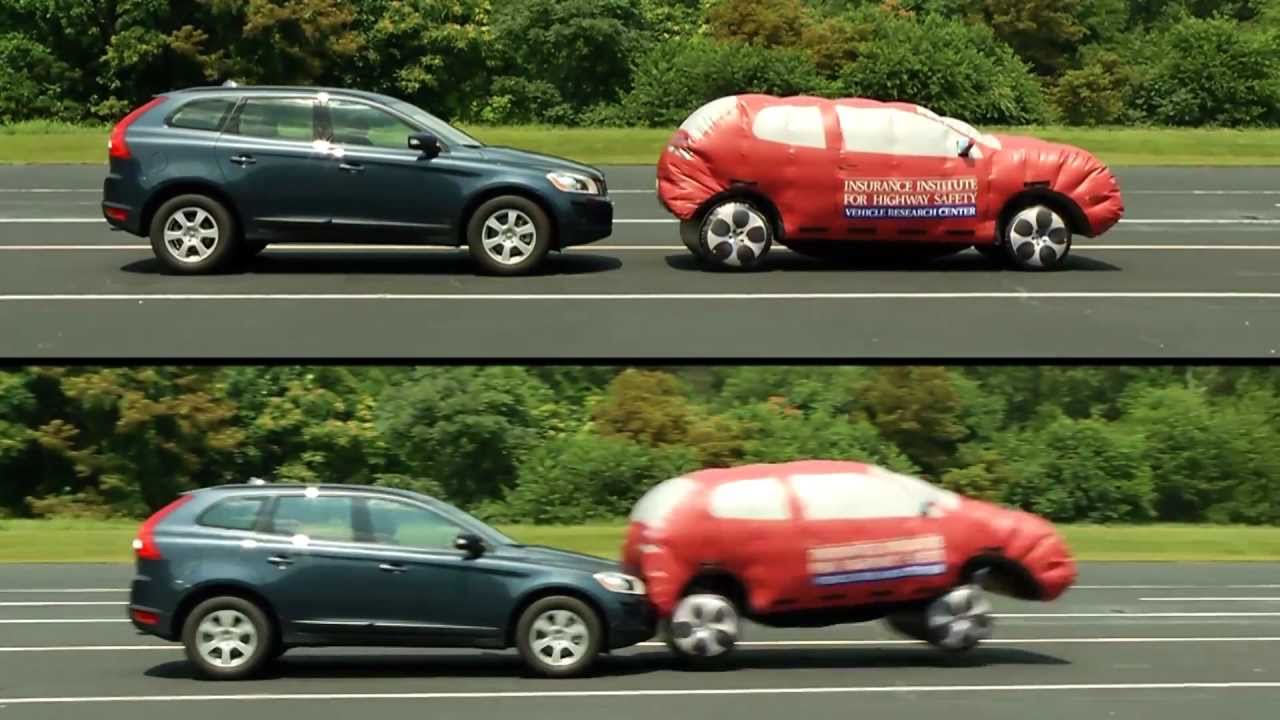Blog

Understanding Braking and Stopping Distance
To a driver, braking seems to occur in a short measure of time. As a general rule, an auto can travel a disturbing separation before arriving at a total stop when going at interstate rates. Indeed, even with such propelled innovation going into each auto out and about, braking still takes a significant separation. Yet, what gets this going?
Understanding braking distance
When it comes to braking distance, there are two big factors to take into account:
Response time: The brief moment between when you understand that you have to stop and when the brakes are connected can traverse a significant separation. At only thirty miles for each hour a car can go more than fifty feet previously the brakes are connected, and at sixty-five miles for every hour more than 100 feet of street will go under the vehicle while the driver moves their foot from its resting position onto the brake pedal.
Vehicle execution: A vehicle with great, grippy tires and new brake pads will stop considerably speedier than one with less footing and worn brake pads. Anti-lock brakes can extraordinarily enhance brake execution too by diminishing the probability of the tires bolting up and applying the most extreme measure of braking that the auto can deal with at the given time.
Posted on November 2017,29 // Author: Admin